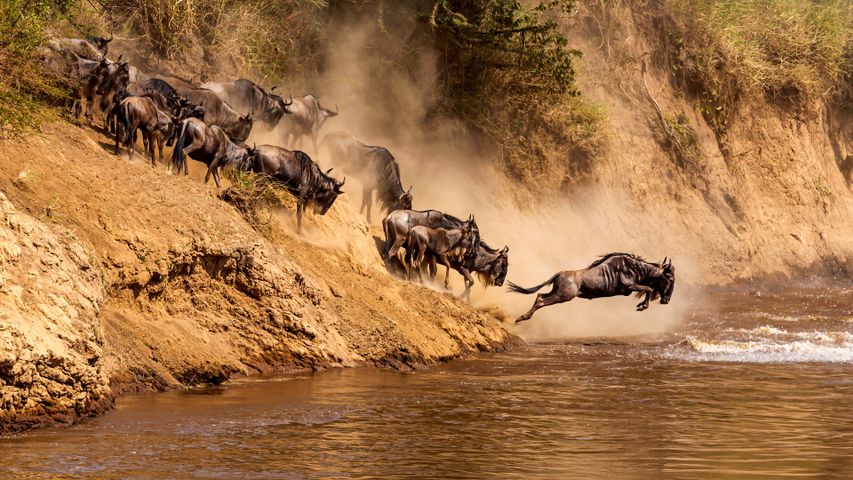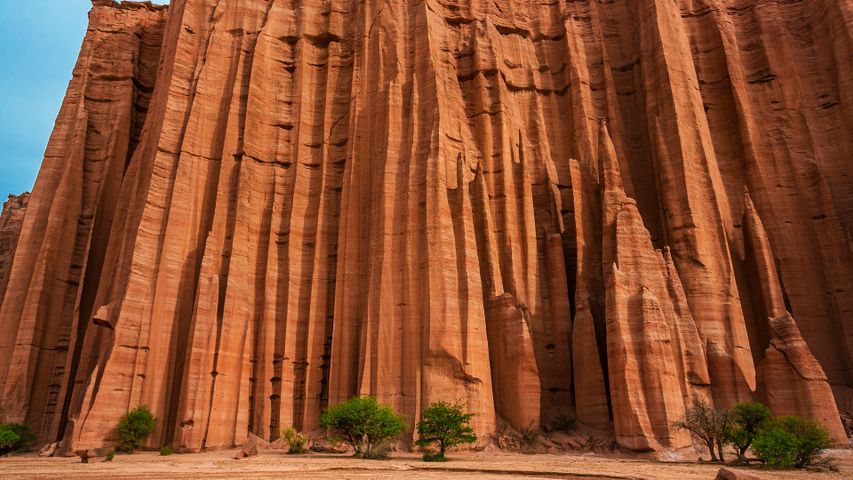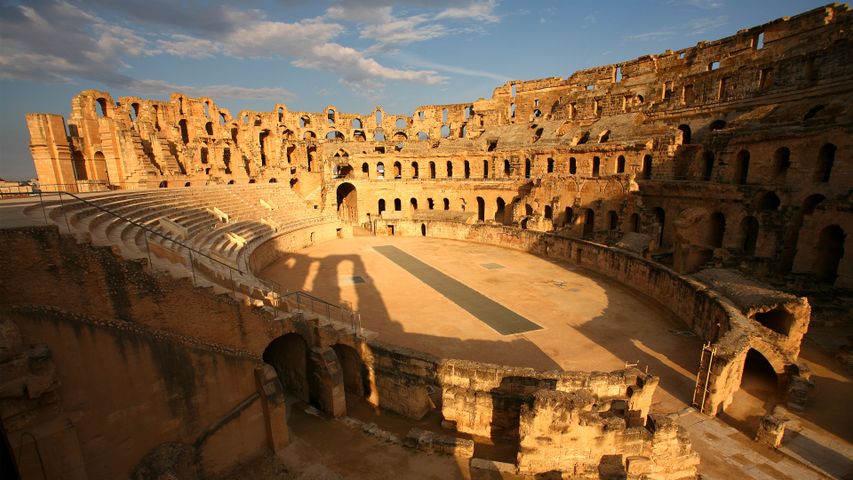Naqsh-e Rustam archaeological site near Persepolis, Iran
© mshirani/Shutterstoc
International Archaeology Day
Naqsh-e Rostam is an ancient necropolis carved into the mountains of south-west Iran, a reminder of one of ancient Persia’s earliest civilisations. A necropolis is a complex of tombs and burial plots, literally translated as a ‘city of the dead’. This one, close to the city of Shiraz, houses the tombs of four Achaemenid kings (you can see three of them here), marked by rock reliefs carved high above the ground into the cliff face.
One of the tombs is identified as the resting place of Darius I, aka Darius the Great, and the others are believed to be the tombs of Darius’ son, Xerxes I, Artaxerxes I and Darius II, leaders during the Achaemenid dynasty from 522-330 BCE. Naqsh-e Rostam is also home to relief carvings depicting kings of the later Sassanian Empire, the last Iranian empire before the Muslim conquests of the 7th and 8th centuries. Only a few hundred yards away is the archaeological site known as Naqsh-e Rajab, with more rock carvings depicting three Sassanid kings and a high priest.
While these civilisations have disappeared, what they created endures as a permanent record of human history, to be interpreted by today’s archaeologists. On the third Saturday of every October, we pause to celebrate and recognise the contributions of archaeologists to our understanding of the past, on International Archaeology Day.
Related Images
Bing Today Images




 Heri es-Swani in Meknes, Morocco
Heri es-Swani in Meknes, Morocco
 Prasat Phanom Rung temple ruins, Buriram province, Thailand
Prasat Phanom Rung temple ruins, Buriram province, Thailand
 Fairy chimneys and cave dwellings in Cappadocia, Türkiye
Fairy chimneys and cave dwellings in Cappadocia, Türkiye
 Talampaya National Park, La Rioja province, Argentina
Talampaya National Park, La Rioja province, Argentina
 Medieval city walls, Ávila, Spain
Medieval city walls, Ávila, Spain
 Llansteffan Castle, Carmarthenshire, Wales
Llansteffan Castle, Carmarthenshire, Wales
 Amphitheatre of El Jem, Tunisia
Amphitheatre of El Jem, Tunisia
 Ancient rock tombs carved into the cliff near Dalyan, Turkey
Ancient rock tombs carved into the cliff near Dalyan, Turkey

